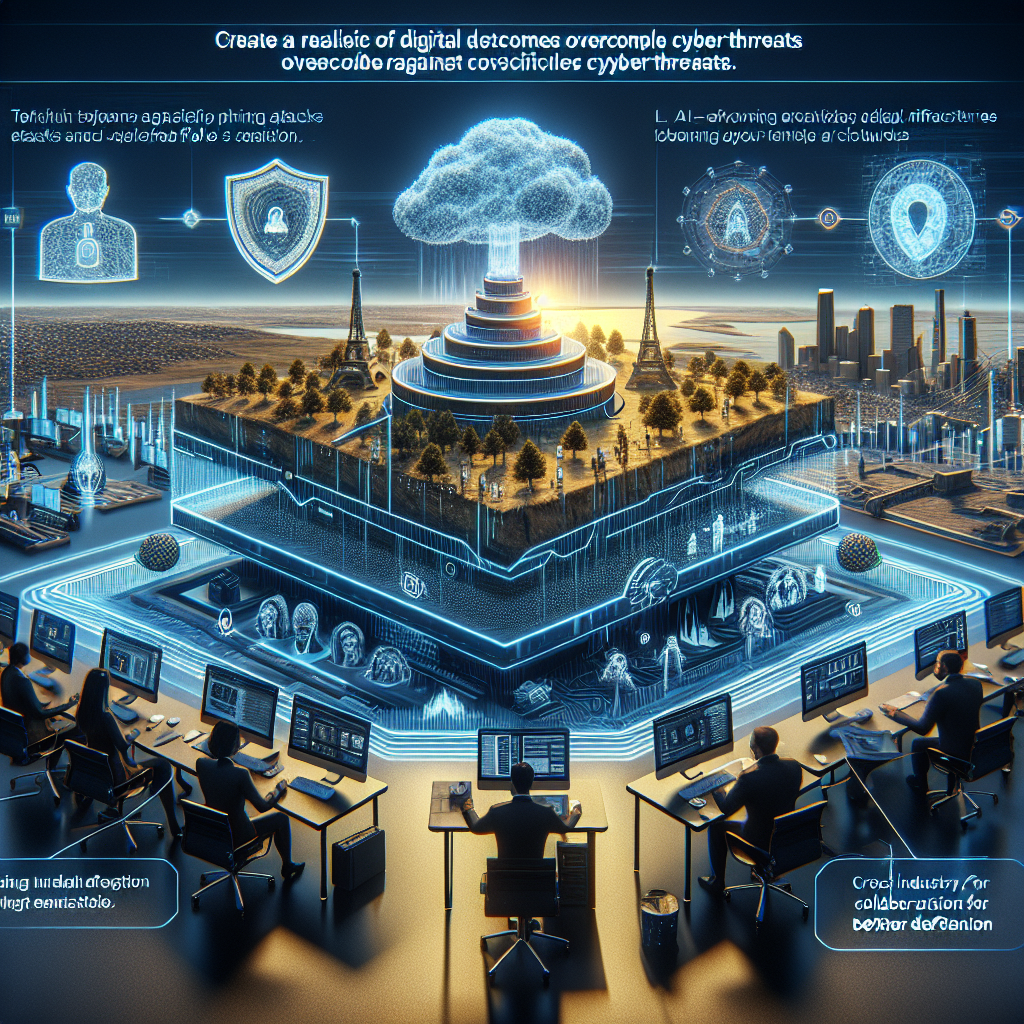Cybersecurity continues to evolve at a rapid pace as threats grow in complexity and scale. With businesses heavily reliant on digital infrastructures, understanding the cybersecurity landscape's emerging threats is paramount for safeguarding assets and information.
In recent discussions among top cybersecurity professionals, including engagements with firms like Deloitte and EY, the spotlight has been on the rising sophistication of phishing attacks. While phishing is not a new tactic, its evolution exploits advanced social engineering techniques to bypass traditional security measures. Recent incidents have shown hackers impersonating executives or familiar business contacts, making it increasingly challenging for employees to discern fraudulent communications.
Moreover, the concept of "Deepfakes" in cyber attacks has become a pressing concern. Leveraging AI technologies, cybercriminals create believable audio and video forgeries that can deceive individuals and businesses. Such attacks possess the potential to manipulate stock prices or release misinformation that can disrupt markets.
Ransomware remains a formidable foe, yet 2024 introduces more complex strains that encrypt data beyond recovery, forcing businesses into hefty payouts. In response, there is a heightened emphasis on implementing zero-trust architectures, which reduce the internal consequences of a breach by continually authenticating and vetting users for access.
Real-life business scenarios highlight the significance of these threats. For instance, at a major financial firm, a simulated deepfake scenario was run as part of a training exercise where employees had to identify and respond to potential threats. The results underscored the necessity of improved defenses and heightened awareness.
In 2024, the impetus is on enhancing security measures, like adopting AI-driven threat detection systems capable of anticipating and counteracting threats before they infiltrate business systems. Additionally, continuous employee training to stay ahead of these evolving tactics is crucial.
The cybersecurity community also emphasizes building collaborations across industries to share intelligence and best practices. Such partnerships play a critical role in preemptively addressing vulnerabilities and mitigating risks effectively.
As businesses prepare for 2024, the key takeaway is understanding that cybersecurity is not a static field; it requires proactive measures, ongoing education, and a collaborative approach to safeguard against emerging threats.
Estimated reading time: 1 minute, 48 seconds
Emerging Threats in Cybersecurity: What 2024 Holds for Businesses Featured
 Discover the emerging cybersecurity threats looming in 2024. From sophisticated phishing to AI-driven deepfakes, understand how businesses can prepare and fortify defenses.
Discover the emerging cybersecurity threats looming in 2024. From sophisticated phishing to AI-driven deepfakes, understand how businesses can prepare and fortify defenses.
Latest from Security Tech Brief
- Navigating the Future of Cybersecurity with AI-Enhanced Solutions
- Navigating the Rising Tide of Cyber Threats: Key Trends and Strategies for 2024
- The Rising Threat of Phishing in Cybersecurity: A Call to Action for Businesses
- The Rise of Zero-Day Vulnerabilities: A New Wave of Cybersecurity Challenges
- Navigating the New Wave of Cyber Threats: Key Strategies for Businesses
Most Read
-

-
Jan 30 2020
-
Written by Security Tech Brief Staff
-
-

-
Jan 25 2019
-
Written by Security Tech Brief Staff
-
-

-
May 27 2019
-
Written by Security Tech Brief Staff
-
-

-
Jun 01 2019
-
Written by Security Tech Brief Staff
-














